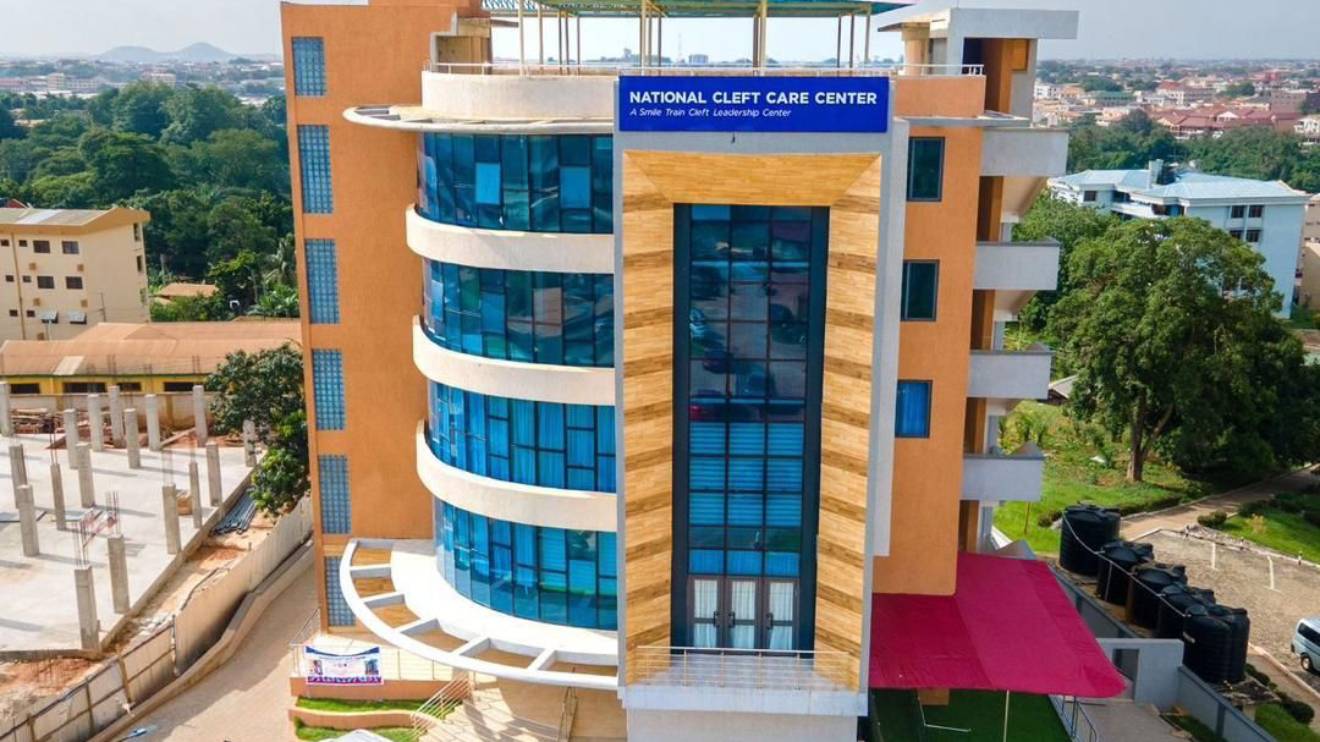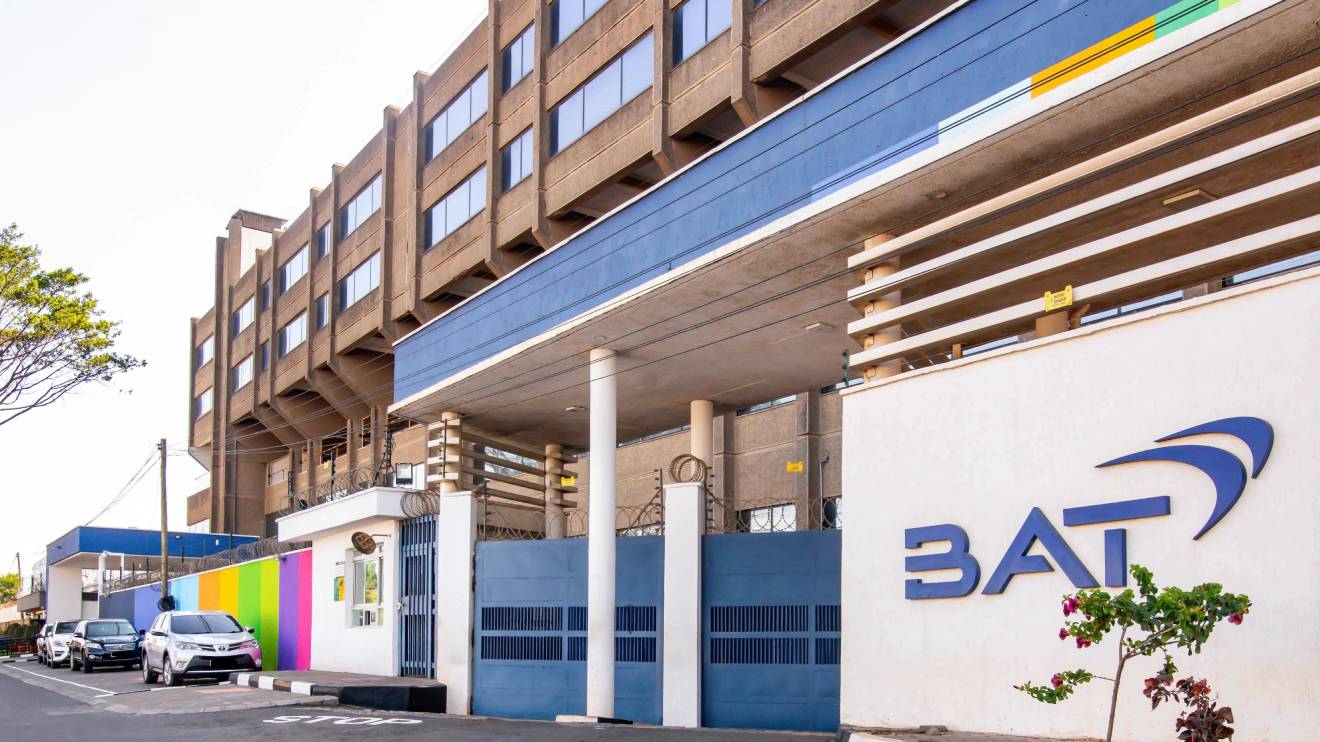Nairobi County has recorded the lowest fertility rate in Kenya, according to the Kenya Demographic and Health Survey 2022 released by Kenya National Bureau of Statistics (KNBS).
According to the latest survey, Nairobi currently has a fertility rate of 2.6 per cent, which is a reduction from 2.7 per cent it recorded in 2014.
The capital city county is followed by Nyamira County with 2.7 per cent, Machakos County with 2.8 per cent and Kiambu County with 2.9 per cent fertility rates.
The KDHS 2022, which was released on Monday also revealed that Counties in the Arid and Semi-Arid Lands (ASALs) have recorded the highest fertility rates in the country.
According to the survey, Mandera County had the highest fertility rate with 7.7 per cent, followed by West Pokot County (6.9 per cent), Wajir County (6.8 percent) and Marsabit (6.3 per cent).
Read More
The high fertility rate in ASAL areas is attributed to illiteracy on the use of modern family planning methods and contraceptives among married women while a decline in Nairobi and other urban areas has been linked to higher levels of education, wealth and residences.
The 2022 KDHS further shows that, generally, the total fertility rate (TFR) in the country has decreased significantly to 3.4 children per woman, from 3.9 reported in the 2014 KDHS.
The survey notes that the TFR has been on a declining trend from a high of 8.1 recorded in the 1977–78 Kenya Fertility Survey (KFS).
Married women have also recorded an increase in the use of modern family planning methods from 18 per cent recorded in the 1989 survey to 57 per cent recorded in 2022.
KDHS 2022 noted improvement in maternal health indicators with 66 per cent of women attending four or more antenatal visits for their most recent live birth compared to 58 per cent in 2014.
Similarly, 8 in 10 live births in Kenya were delivered in a health facility in 2022, an increase from the 6 in 10 that was recorded in 2014.







-1746531767.jpeg)
 (1)-1752516757.jpg)

 (1)-1746786193.jpg)

 (1)-1752442958.jpg)